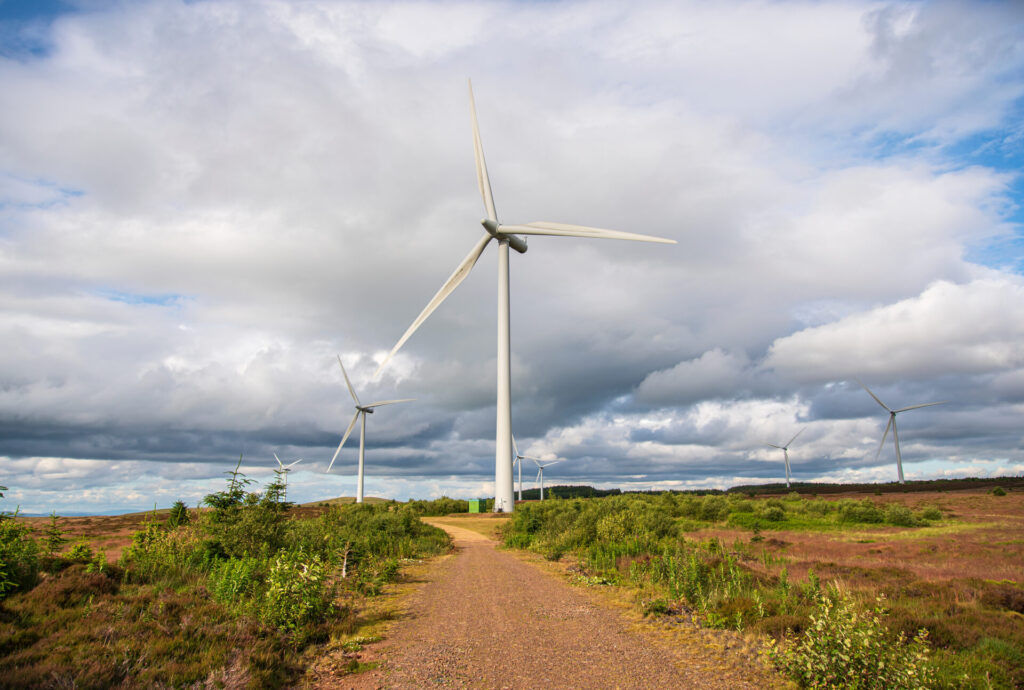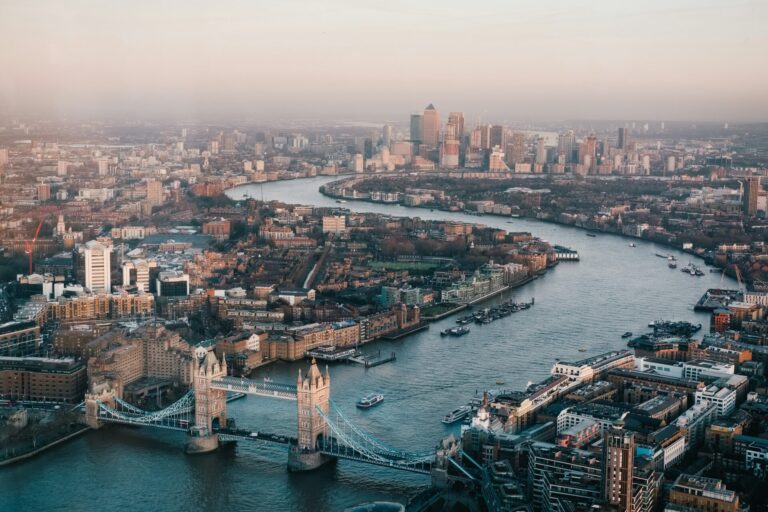The UK is set to revolutionise its energy infrastructure with the approval of the Eastern Green Link 2 (EGL2), a groundbreaking project that represents the nation’s commitment to renewable energy and energy security. Ofgem has given the green light to this £3.4 billion venture, the most extensive electricity transmission ever initiated in the UK, which will create the nation’s longest and most powerful undersea power cable.
A Major Milestone in Energy Transition
EGL2 is a joint effort by National Grid and SSEN Transmission. The project will involve the construction of a 525kV high-voltage direct current (HVDC) subsea cable stretching over 500 kilometres, connecting Peterhead in Scotland to Drax in England. With a capacity of 2GW, the cable will have the capability to power up to two million homes, making it a significant contributor to the UK’s renewable energy strategy and an essential element in achieving the UK’s 2030 clean energy targets.
This project is crucial for transferring the renewable energy generated in Scotland, particularly from wind power, to areas of higher demand in England. As the UK continues to shift towards a net-zero carbon future, infrastructure projects like EGL2 are essential for integrating renewable energy into the national grid, ensuring that clean power is reliably available across the country.

Economic and Environmental Impact
The economic implications of EGL2 are substantial. The project is expected to create thousands of jobs during its construction phase, providing a boost to local economies. Furthermore, the enhanced energy security and reliability that EGL2 will bring are anticipated to have long-term benefits for consumers, including more stable energy prices.
Environmentally, EGL2 represents a major step forward in reducing the UK’s carbon footprint. By enabling the efficient transfer of renewable energy, the project will help decrease reliance on fossil fuels and move the country closer to its climate goals. The approval of EGL2 under Ofgem’s Accelerated Strategic Transmission Investment (ASTI) program ensures that this critical infrastructure will be delivered swiftly, meeting the growing demand for clean energy. The project is set to begin construction later this year, becoming fully operational by 2029.
The Road Ahead
As EGL2 moves forward, it will be exciting to watch how this project shapes the future of the UK’s energy landscape, ensuring that clean, reliable power is available for generations to come. This project not only promises to enhance energy security by reducing dependence on fossil fuels but also aims to lower carbon emissions, contributing significantly to the UK’s climate goals. The ripple effects of EGL2’s success could serve as a model for other nations, positioning the UK at the forefront of the global energy revolution.






